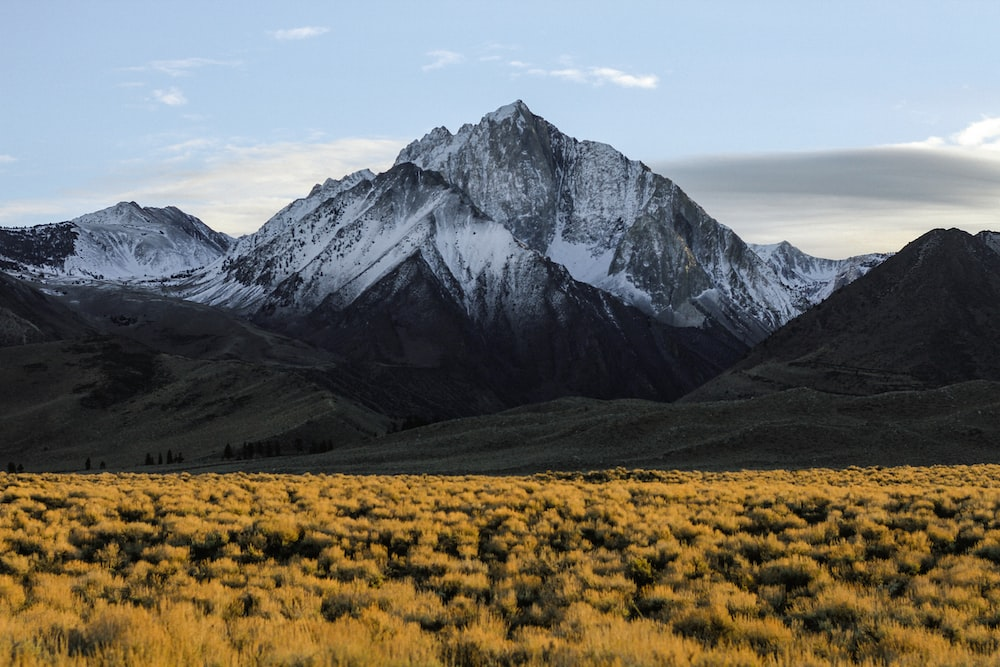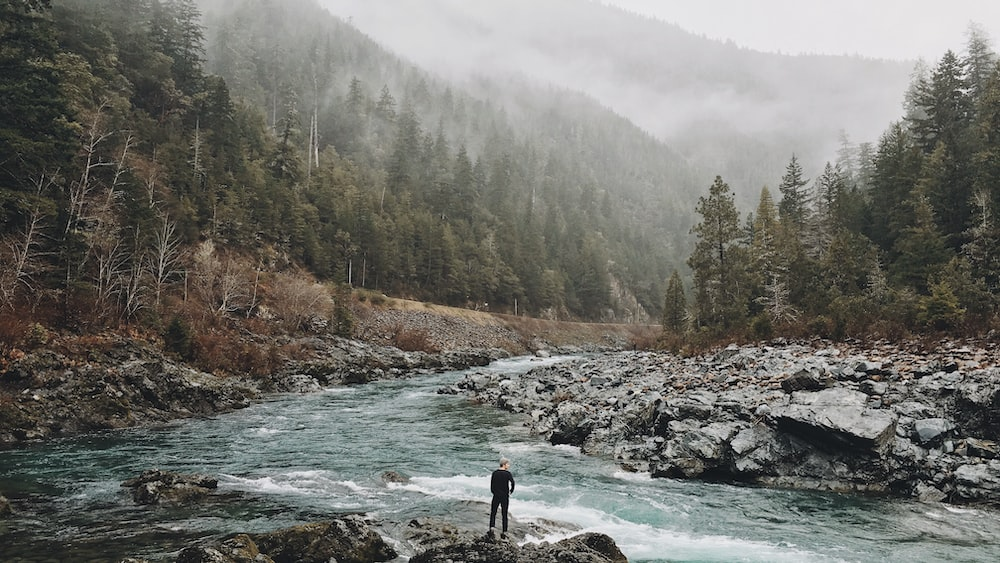Best camping tents, the best trekking poles, and so much more can help you conquer different peaks across the world. Learn more about each of these here!
In the realm of adventure and exploration, few undertakings are as audacious and awe-inspiring as conquering the tallest peaks on each continent. The Seven Summits, a legendary mountaineering challenge, beckon intrepid souls to test their physical prowess and mental fortitude against some of the most formidable landscapes on Earth.
From the iconic Everest in Asia to the remote Vinson Massif in Antarctica, each peak represents a towering testament to the indomitable spirit of human ambition.
Embarking on the Seven Summits quest is a monumental journey that transcends mere adrenaline-fueled conquests. It’s an expedition that demands meticulous planning, unwavering determination, and deep respect for the untamed forces of nature. The climbers who dare to embrace this extraordinary challenge find themselves enmeshed in a profound experience that stretches beyond the boundaries of the mountains themselves.
In this captivating blog, we’ll explore the extraordinary world of Summit Thrills, where mountaineers face unimaginable heights and challenges. We will witness the tales of triumph, tragedy, endurance, and perseverance as these adventurers push themselves to the limits of human potential. Each continent offers its own unique tapestry of landscapes, cultures, and climbing conditions, making the Seven Summits an unparalleled exploration of diversity and human tenacity.
Asia – Mount Everest
We start our journey with the world’s most renowned and legendary peak – Mount Everest. Towering at an astonishing 8,848 meters (29,029 feet) above sea level, Everest attracts thousands of climbers each year.
Situated in the Himalayas on the border of Nepal and Tibet, Everest’s ascent is a formidable challenge due to its extreme altitude and unpredictable weather conditions. Climbers face risks like avalanches, crevasses, and altitude sickness, making the expedition a true test of both mental and physical endurance.
South America – Aconcagua

Moving on to South America, we encounter Aconcagua, the highest peak in this region and the second-highest of the Seven Summits. Located in the Andes mountain range in Argentina, Aconcagua stands tall at 6,960.8 meters (22,837 feet). Though technically less demanding than Everest, Aconcagua poses significant challenges due to extreme winds and rapid weather changes. Climbers must gradually acclimate to the high altitude to minimize the risk of altitude sickness and successfully reach the summit.
North America – Denali
In North America, Denali (formerly known as Mount McKinley) takes the crown as the tallest peak. Situated in Alaska, USA, Denali stands at a staggering height of 6,190.5 meters (20,310 feet).
Climbing Denali is a rigorous undertaking, as it is one of the coldest and most inhospitable mountains in the world. Expeditions on Denali demand self-sufficiency and survival skills, making it an adventure unlike any other.
Africa – Kilimanjaro

Heading to Africa, we encounter Mount Kilimanjaro, the highest peak on the continent. Unlike the other Seven Summits, Kilimanjaro is a non-technical climb, meaning it does not require specialized mountaineering skills.
However, reaching the summit at 5,895 meters (19,341 feet) is no easy feat. Climbers must navigate through diverse ecological zones, from lush rainforests to barren alpine deserts. The altitude still poses a challenge, and successful ascent demands proper acclimatization and determination.
Europe – Mount Elbrus
Mount Elbrus is Europe’s highest peak at 5,642 meters (18,510 feet) in the Caucasus Mountains of Russia. Although not as technically challenging as some of the other Seven Summits, climbing Elbrus requires basic mountaineering skills, including ice axe and crampon techniques. The unpredictable weather conditions and freezing temperatures can make the journey to the summit both exhilarating and daunting.
Antarctica – Vinson Massif
The most remote and least climbed of the Seven Summits is Vinson Massif in Antarctica. Standing tall at 4,892 meters (16,050 feet), Vinson Massif demands a lengthy and expensive expedition due to its inaccessibility and extreme weather conditions. The freezing temperatures and strong winds create a harsh environment, and climbers must prepare for a truly unique and challenging adventure.
Australia – MountKosciuszko

The final peak on our Seven Summits journey varies depending on the list used. In Messner’s list, the highest peak in Australia is Mount Kosciuszko, a non-technical hike standing at 2,228 meters (7,310 feet).
However, some lists consider Puncak Jaya (Carstensz Pyramid) in Oceania as the highest point at 4,884 meters (16,024 feet). Puncak Jaya presents a more demanding climb involving technical rock climbing and treacherous terrain.
Learn More About Outdoor Gear Online!
Are you thinking about conquering several different ranges from our bucket list? Let Backcountry Gear be your guide!
The Backcountry Gear blog features many informative guides for beginners. Whether you’re looking for the Best Inflatable Paddle Boards 2023 or the best camping tents for backpackers, our hiking reviews will help you discover top-rated products. Explore our list of top brands to discover Best Amazon Tents For Campers experienced outdoor adventurers use.
Start reading our blog today!
About The Author
Phillip R. is a talented researcher working continuously to get a handle on different mountain ranges and educate others about them. In his spare time, he plans trekking experiences and camping with his best friends to blog about them later and help others out.

